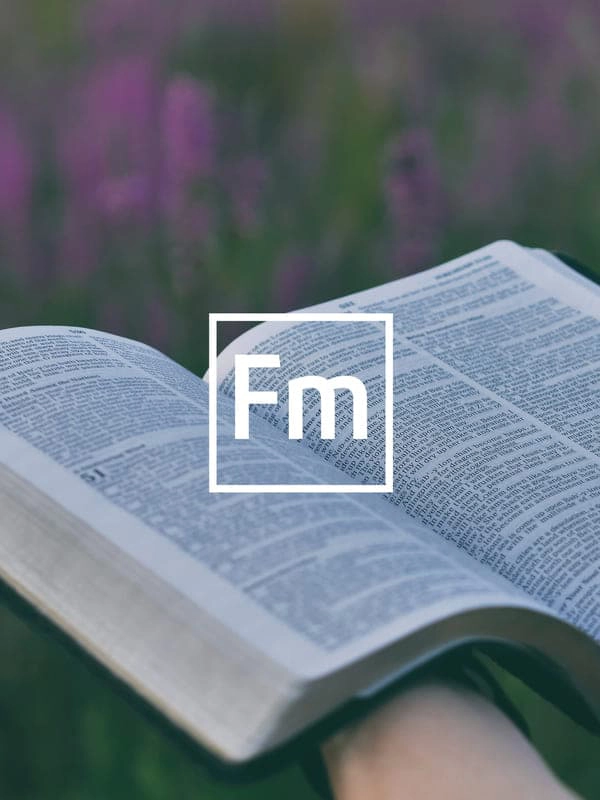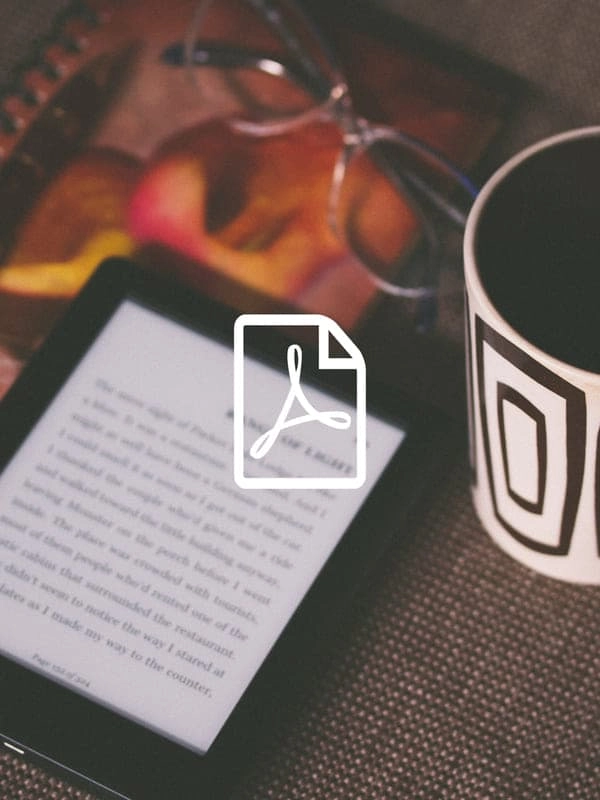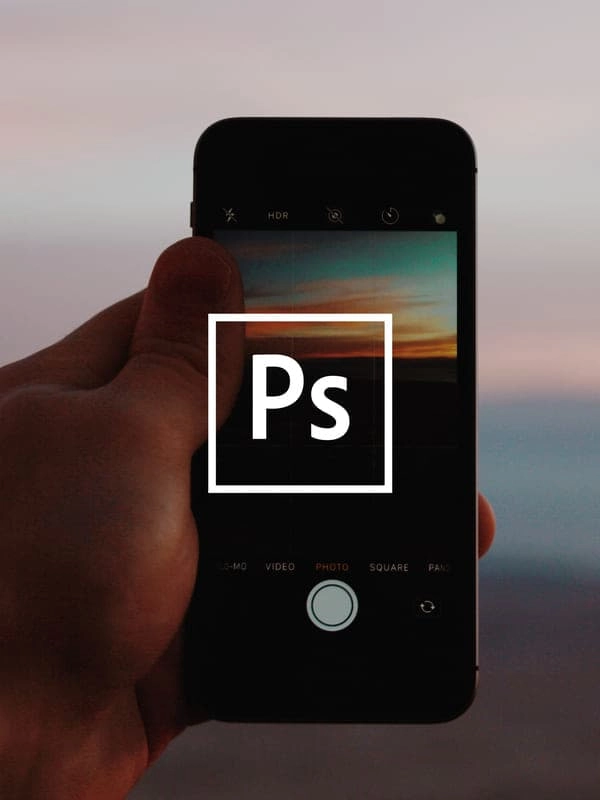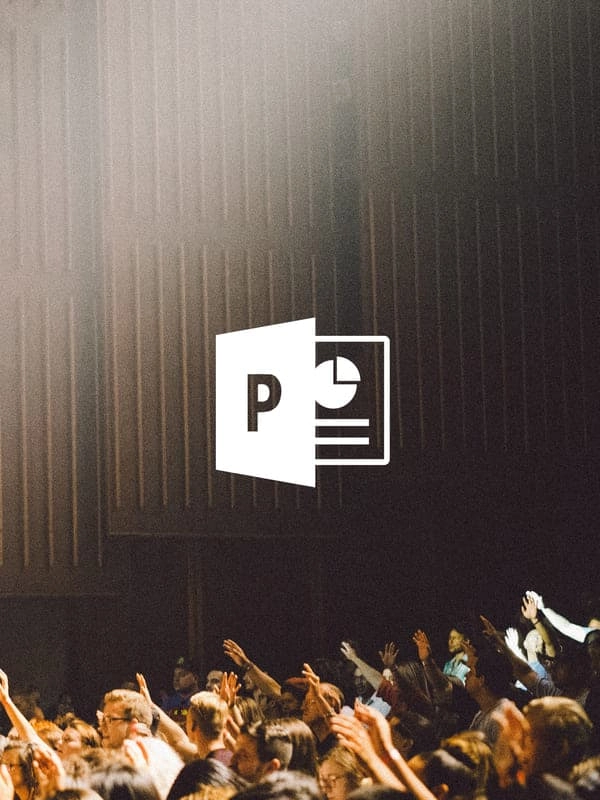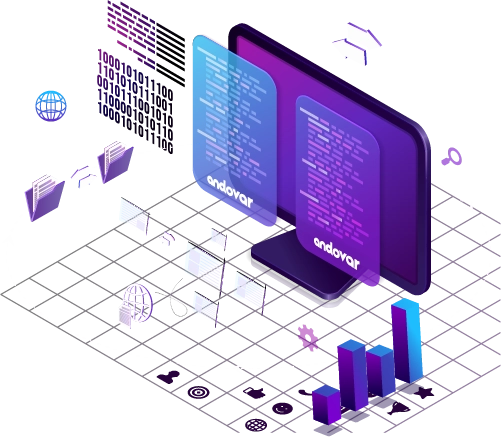
Intro
Premium Multilingual Digital Publishing Services
High quality multilingual digital publishing can amplify your brand message. However, appealing to your multilingual customers requires more than translating words. The entire design demands localization, making the text, graphics, and layout native and culturally compelling to your target audience. Andovar provides expert desktop publishing services in over 80 languages in all major publishing tools. Our multilingual DTP solutions have helped companies excel in global markets across a variety of industries.
If your source is only available as a printed copy that does not allow editing, we can extract the text into editable files that work with specific DTP applications. We accomplish this through advanced OCR (Optical Character Recognition). The extracted text then goes through a quality control check that includes a spell check.
We transform the localized font, colors, images, white space, and other DTP elements to make the localized document as compelling as the original.
When necessary, we create a new layout that takes advantage of the target language’s unique features, such as mirroring the design for Arabic readers.
Throughout the project, we analyze our efforts to ensure that it meets your specifications and our standards as defined by our Multilingual Quality Metrics Quality Assurance system. We then subject the completed design to a final QA by native-speaking professionals before releasing it to you.

APPLICATIONS
Working Directly with Your Application's Source Files
If you use the following applications, we save time and avoid conversion errors by working directly with your source files.
LANGUAGES
Solutions for Your Language and Industry
We rely on over 10,000 full-time and in-country professional translators located around the world. Our services cover over 200 language pairs in many kinds of industries. Our linguistic resources empower us to offer multilingual DTP services customized to your business and the language of your target audience.

Most languages of the world are written from left to right, including those that use the Latin alphabet, Greek, Cyrillic, and Southeast Asian writing systems.
- For many of these languages, space stands out as the primary issue. Many Latin-alphabet languages require more horizontal space when translated from English. Words in Vietnamese, for example, can be up to 30 percent longer. Some languages, such as many from India, also need more vertical space
- Languages with diacritical marks above or below the letters need plenty of leading, which is the space between lines of type. Otherwise, the letters run into each other vertically. Romanian, for example, requires careful spacing because it contains marks both above and below the words
- Some languages that use a common script may have characters not appearing in all languages. In addition to the standard Latin alphabet, German uses ß, and Spanish has Ñ as special characters
Arabic, Hebrew, and Urdu are examples of languages that flow from right to left.
- Localizing layouts from English means reversing their direction. They require particular versions of standard DTP software that can handle the change in orientation
- This mirroring also applies to graphics and indications of progression. Arrows need to point to the left, doors in pictures open toward the right, and comic strip panels go from left to right. Images and layouts demand redoing.
- Line justification is typically on the right and sometimes the center, but seldom on the left.
Languages with complex scripts include Chinese, Japanese, Korean, Thai, Arabic, Persian/Farsi, and Hindi.
- They have no italicizing, so they require different techniques for emphasizing words, such as contrasting colors or different font weights.
- Some, such as Chinese and Japanese, can take advantage of being just as readable when oriented vertically as well as horizontally.
- Ideographic scripts, such as Chinese, take up less space than their Latin-based counterparts but require more vertical space. They present opportunities for incorporating the script into design elements.
- In languages with no spaces between words, such as Thai or Lao, lines must break at the end of a word and not mid-word.
- While the scripts themselves are not complex, how a language uses them may be. Azeri, which is the official language of Azerbaijan), can be written in Latin, Cyrillic, and Arabic scripts. The order goes from left to right in the Latin and Cyrillic alphabets. In Arabic, the progression goes from right to left.
BENEFITS
Why Rely on Andovar for Multilingual Desktop Publishing?

Experienced desktop publishers
We’ve been localizing DTP since 2007, with over one billion words translated by over 10,000 translators. We reach the world from Singapore, the US, Hungary, Thailand, India, and Colombia.

Any publishing software
Our expertise covers software from such major brands as Microsoft, Adobe, Corel, and Quark. We can work with whatever DTP application you use on the Windows or Macintosh operating system.

Native QA
To ensure technical accuracy, cultural relevance, and audience interest, QA specialists who are native speakers of your language verify your project.
Case Studies
Success Stories

Agoda
Audiences across Europe and Asia can now access Agoda’s extensive travel services in their own languages.

Spotify
Reaching out to music lovers in Thailand, Spotify translated its user interface into Thai, expanding into a new market.

Airbnb
Preparing to launch in a new region, Airbnb wanted to adapt its marketing content and localize its app and videos.
FAQs
Frequently Asked Questions
Multilingual DTP is primarily used when brochures, newsletters, eBooks, magazines, technical manuals, posters, presentations, and packaging labels are required in other languages. The process involves typesetting the newly localized content, localizing graphics, layout and more, to make the content as visually and culturally compelling as the original source content.
Bring Andovar to your project as early as possible. During the planning stages is ideal. We can then offer advice to make all your multilingual DTP projects easier.
For example, we could suggest that you keep as many of the native files as possible, including fonts and graphics. While the final printed product acts as a worthwhile goal, having the original files saves time and money. We avoid scanning a document, checking for errors, and converting to editable sources.
translation then begins, acting as the foundation of the entire localization process. For example, if English is the target language:
- An American audience requires measurements in miles and feet, food options like burgers and fries, and real estate references to apartments and elevators.
- A British audience demands measurements in kilometers and centimeters (with the appropriate spellings), food like fish and chips, and real estate references to flats and lifts.
- In multilingual DTP, localization finishes with how to present the translated text, which defines the layout, colors, and graphics that are meaningful to the target audience. A US wedding brochure featuring a bride in a white wedding dress localizes in China to show the bride in a red qipao or cheongsam.
Talk to an expert
Please provide a little bit of information in the form below and we will be in touch soon. If you are interested in working for Andovar (as translator/ SLV or full-time employee), please visit our careers site.











